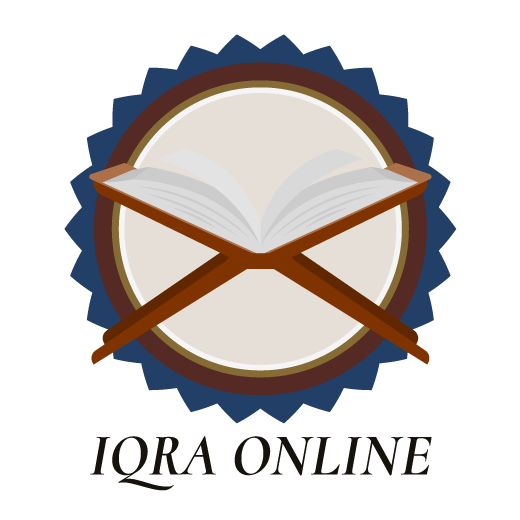Today, I had a book presentation for one of my classes on Teaching Where You Are: Weaving Indigenous and Slow Principles and Pedagogies by Shannon Leddy and Lorrie Miller. This book builds on many of the ideas I explored last year when teaching my Towards a Holistic Teaching Philosophy module for our school’s teacher professional development (watch here). While that module focused on the importance of holistic education and writing teachers’ philosophy statements, Teaching Where You Are extends this conversation into the realm of practical strategies for decolonization within the classroom.
At its core, this book challenges the settler-colonial and Western approach to education in Canada, which sees learning as the simple transmission of knowledge from teacher to student, from an Indigenous perspective. In the colonial model, knowledge is treated as a set of discrete, compartmentalized units, selected and sequenced by curriculum specialists, with students expected to absorb and reproduce that knowledge in assessments. The problem with this framework is that it does not see knowledge as an experienced and internalized phenomenon, connected to one’s identity, relationships, and environment.
Leddy and Miller argue that literacy should not be reduced to reading and writing as isolated cognitive skills, but rather understood as holistic, relational, and embedded in lived experiences. The book introduces the Indigenous Medicine Wheel as a framework, demonstrating that learning is not just intellectual but also spiritual, emotional, and physical. In other words, teaching is not just about content delivery, but about nurturing the whole individual.
One of the main critiques of the book is against the Western education system’s obsession with efficiency, standardization, and assessment, contrasting it with Slow pedagogies, which emphasize deep inquiry, reflection, and connection to place. A relevant excerpt is about clocks and how they have been a mechanism used to impose Western values and definitions of productivity:
“Clocks disrupted Indigenous ways of knowing and being by breaking the natural rhythm of seasonal and cyclical time that successfully guided us for centuries.
…
To Indigenous people, the hand of the white man’s clock sometimes feel wrapped around the person’s throat, strangling the soul from being free and dictating one’s life by deadlines.” (p. 3)
The alternative to this is Indigenous and Slow pedagogies that allow us to challenge the colonizing impacts of linear time by encouraging physical and spiritual ways of knowing and being. In the Indigenous worldview, slow is not merely the opposite of fast, rather it is a way of being in the world, where one is thoughtful, reflective, engaged, and relational with other humans and creation.
In addition, rather than seeing education as merely the transfer of information, Teaching Where You Are argues for teaching people, not subjects. Instead of compartmentalized knowledge, it presents learning as a living, evolving process that is shaped by community, land, and identity. This ties directly into the Four R’s (Respect, Relevance, Reciprocity, and Responsibility)—principles that encourage teachers to move beyond rigid curriculum structures and into deeper, more transformative engagement with students and their lived experiences. This is of course easier said than done given how much colonial ways of thinking have impacted us all. One of the critiques in the book is how colonial educational practices continue to shape how we teach, often in ways we don’t even recognize. A particularly good example the book gives is that of “cognitive imperialism” through the use of dioramas in classrooms. Leddy and Miller write:
“…how tacit aspects of cognitive imperialism manifest in seemingly innocent curricular activities, but which, on deeper consideration, reveal an underlying creepiness, to use their term. A diorama is a funny thing, rooted in the contextualist display theory of Franz Boas and exemplified in many Natural History museums around the world. The diorama purports to offer us a glimpse into, in this case, Indigenous life, featuring a happy family scene from a faraway village, sometime long ago, rendered as static as a photograph. Ultimately, however, museum collections and displays were really about exhibiting imperial power and dominance over colonized lands and peoples. Creating a diorama in a school context replicates the cognitive imperialism that such displays represent. In producing such a diorama, often made with craft supplies from home and populated with toy figurines, the authors assert that the ‘student is being socialized into the process of reinventing the imaginary past that discursively produces him as a member of the dominant class. The school is implicit in the process’.” (p. 91)
Reading this passage, one realizes how often we unknowingly reinforce colonial narratives in our classrooms and how lengthy, as well as, painful the decolonization process can be since it is all around us (another point the book acknowledges). A diorama, framed as an innocent, creative learning tool, subtly positions Indigenous cultures as static and confined to the past, while reinforcing the student’s position as part of the dominant historical narrative. I thought this was an important read for teachers and anyone interested in holistic education, decolonial pedagogy, and slow, intentional teaching. The concepts in it are linked extensively with discourse found within Islamic pedagogy and also very similar to the book Concentric Circles—Nurturing Awe and Wonder in Early Childhood (both books use a lot of metaphors to develop their framework and language); a Muslim teacher should be able to see the similarities very easily.
Sayyid Ali studied in the seminary of Qom from 2012 to 2021, while also concurrently obtaining a M.A in Islamic Studies from the Islamic College of London in 2018. In the seminary he engaged in the study of legal theory, jurisprudence and philosophy, eventually attending the advanced kharij of Usul and Fiqh in 2018. He is currently completing his Masters of Education at the University of Toronto and is the head of a private faith-based school in Toronto, as well as an instructor at the Mizan Institute and Mufid Seminary.

